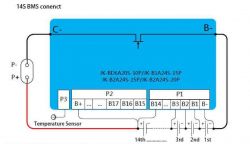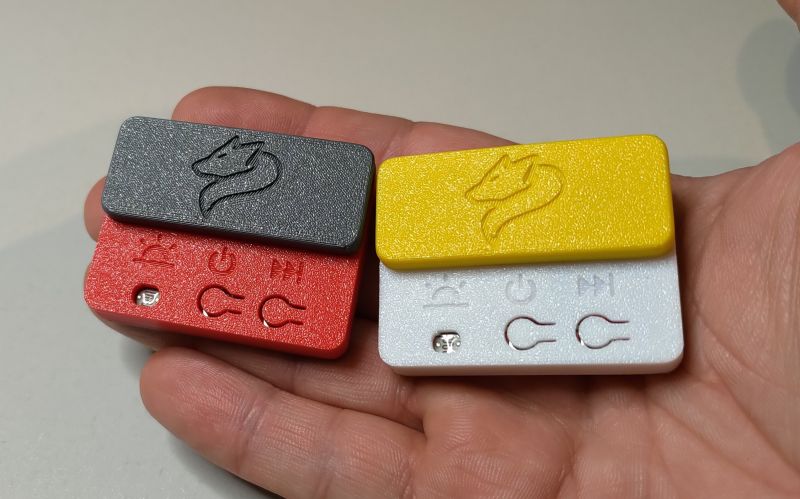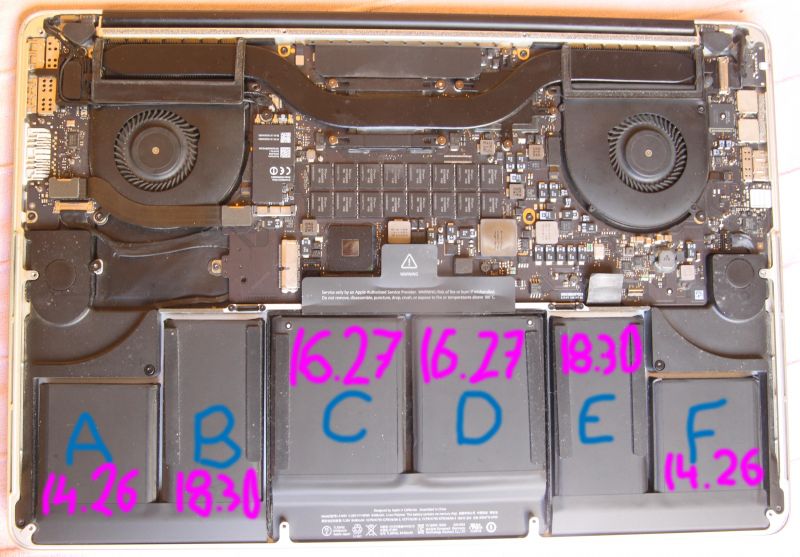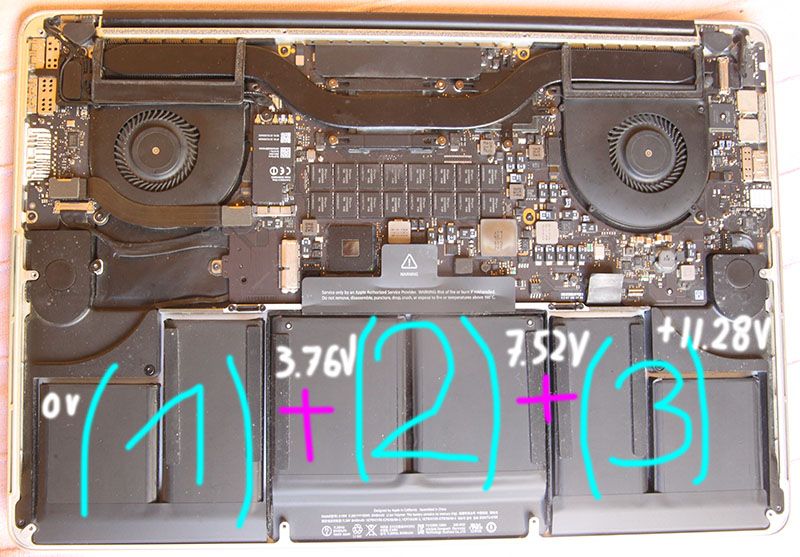andrzejlisek wrote: ......
I would ask, if I may, what percentage or so of the cells received pass the tests and are suitable for use in storage? I understand that the source of the cells are laptop batteries destined for disposal due to damage preventing use in a laptop.
Laptop batteries are by and large the worst cells and there are few of them in stock, I estimate around 15% maybe 20%. On the other hand, these 80-85% of the stock are cells from large packs such as bicycles or other "vehicles", this is the best option because we have a large number of more or less identical cells with identical parameters and after tests it is easy to assemble strings from this.
The percentage of recovery varies greatly; after tests, there is a lot of 'waste' from laptop cells, probably 50% if not more.
Cells from large 'vehicle' packs are much better, but also the percentage of 'waste' is probably around 30% (I have never counted this).
But there are various situations, I remember 4 large 'vehicle' packs with over 50 cells each, after tests there were 3(in words, three) cells left

- a total failure.
But for example from other packs, where somewhere moisture got into them and e.g. the BMS went crazy or e.g. 3 cells corroded, the BMS got blocked and the pack went to scrap, after unpacking and knocking out those 3 cells, all the rest are super cells keeping factory parameters and not just any cells - such cases are a success.
As far as the "waste" is concerned, I also divide it into total waste for disposal, and such cells which did not qualify for the warehouse, because, for example, one cell has a lower capacity than the rest of the batch, i.e. it is already "tired"; it does not go to the warehouse, but to home torches, power-banks or other workshop devices, e.g. a component tester, oscilloscope, meter, etc. or other applications. Generally I try not to let anything go to waste, I use one larger power bank in such a way that I connect such a USB heated double shoe to it and warm my feet in the evenings

.
andrzejlisek wrote: ......
The solution used in this particular warehouse has a very important advantage. The investment in the cells themselves can be spread over instalments, only the racking and electrical connections had to be done 'at once'. As more cells arrive, one will slowly add to the storage until it is full. And then, just as slowly, you can replace the most passed cells with copies that are in better condition. I assume that the "influx" of more 18650 cells, with some percentage of them suitable for further use, will not end when the rack is full.
Exactly right. This is why I chose the 'Paragon style' design

.








